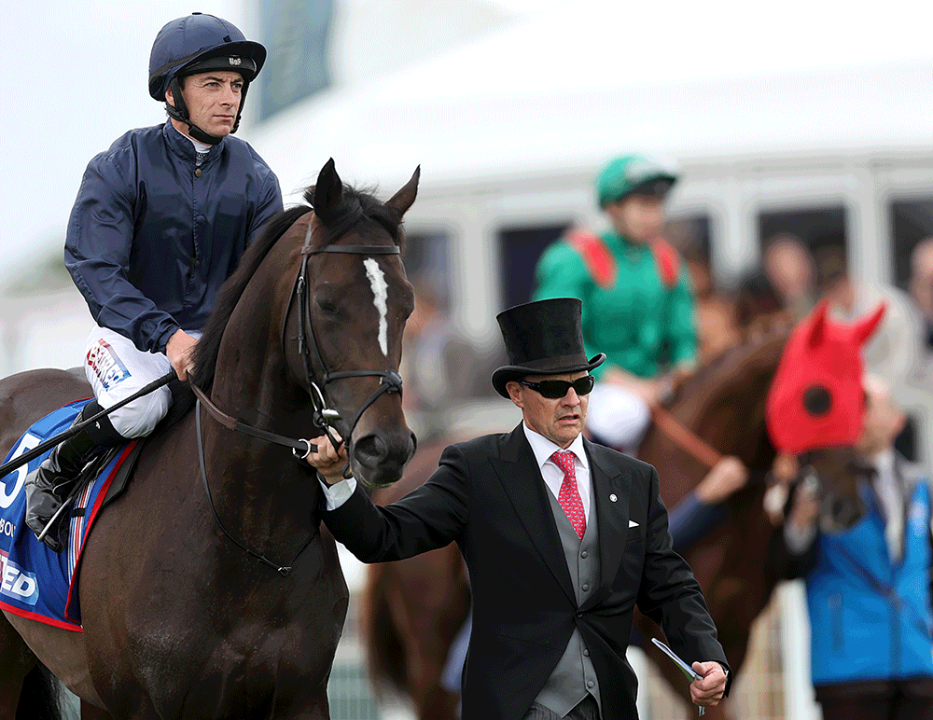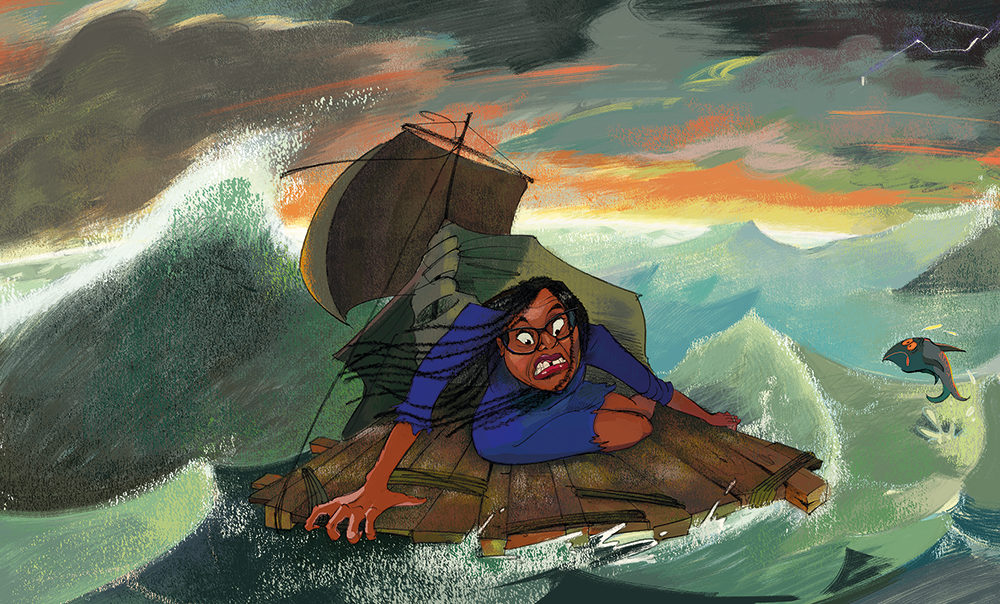
An inquest into the Derby in the Oakley household was to be expected. Mrs Oakley, who bets about as often as you will hear Liz Truss say ‘I’m sorry: I got it wrong’, called me at Epsom this year asking for a fiver each way on Lambourn. Since the ten-time Derby winning trainer Aidan O’Brien had two more favoured candidates in Dela-croix and The Lion In Winter, I persuaded her to think otherwise and had some explaining to do after his Lambourn came home a comfortable 13-2 winner in the hands of the veteran jockey Wayne Lordan.
What has also surprised me is the downbeat tone of reactions elsewhere to this year’s Derby, with commentators bemoaning an overall lack of excitement and pizzazz. This extended to the comparatively few takers for the fairground rides and candy floss on the Hill which, as a long-time Epsom resident, I remember providing free entertainment for as many as 100,000. I doubt if there were 10,000 there this year.
But why quite so glum? Starkly forecast rain will have frightened many off the Hill. And an overall Derby Day crowd of 22,312 – down more than 40 per cent on the figure six years previously – is not altogether surprising with the current cost of living. Racing is in hot competition for the leisure pound, and a racegoer taking a partner and two children to an enclosure allowing access to the parade ring would have had precious little change from £300.
You could say that this year’s Derby lacked excitement as a spectacle simply because one horse went to the front at the beginning of the race’s two minutes 38 seconds of action, and stayed there with no rival ever looking like catching it.
But that still represented a skill to be admired. Lordan knew he was on a horse which was sure to stay the distance and he exploited that with acute judgment of pace, just like the great Steve Cauthen did with Slip Anchor in 1985.
As O’Brien put it afterwards: ‘Wayne went forward and every inch he got he was going to keep. He wasn’t going to give it back.’ Such rides take courage.
For me, Kieren Fallon was the best Derby jockey. His 2003 win on Kris Kin was described by trainer Sir Michael Stoute as one of the greatest Epsom rides and when I reread Kieren’s recollections of the race last week what struck me most was his remark: ‘The Derby is not won in the first five furlongs but it can easily be lost there.’
In that early pell-mell period, inexperienced three-year-olds racing sharply uphill face first a right-hand bend, then a tack left across to the rail. You must stay 12 furlongs to triumph but you also need the speed in those first five to achieve a mid-race position from which you can win.
What may be starting to affect attendances at racing’s big occasions is the growing predictability of the results, with the top prizes going too often to a small group of breeders, owners and trainers. At Cheltenham we call it the Willie Mullins factor: at Epsom on Derby Day it’s the continued domination of O’Brien and the Coolmore Gang of Magniers, Tabors and Smiths, who provide him with his equine ammunition.
Lordan knew he was on a horse sure to stay the distance and he exploited that with acute judgment of pace
It is an astonishing achievement that the modest 55-year-old Ballydoyle trainer has now had 11 winners of the Derby and also 11 of the Oaks, the fillies’ equivalent. But he doesn’t always do it in a predictable way. Pub quiz teams might have trouble recalling what unites a certain Padraig Berry and Emmet McNamara. In fact both, alongside such famous names as Michael Kinane, Ryan Moore and Johnny Murtagh, have won Derbies riding for Aidan O’Brien.
Small-scale punters who don’t like short-priced favourites should remember, too, that Berry took the race on the 40-1 Wings Of Eagles in 2017 and McNamara on Serpentine, another all-the-way winner, at 25-1 in 2020.
Should anything be done to stop the Coolmore domination? It neither should be nor sensibly could be. Plans are afoot to refigure the Derby from 2026 to boost its appeal, but restricting entrants in any way is not the way to go. Ronald Reagan once said about the US economy: ‘I’m not worried about the deficit. It is big enough to look after itself.’ So is the Derby.
The Epsom Downs are a unique test of horse and rider. I don’t want the Derby switched to a flatter course like Ascot or cut to a mile and a quarter like its French equivalent. Nor do I want geldings to be allowed to participate.
The Derby’s history has value, and while the others keep working at how to beat him, let us just continue enjoying O’Brien’s remarkable ability, and delighting in the fact that it is still the race Coolmore most wants to win.
Or, as O’ Brien himself says: ‘The whole thoroughbred breed hinges on the Derby. It’s what racing is about for everyone working in stables and on studs.’ Next year, though, I’ll listen to Mrs Oakley.








Comments